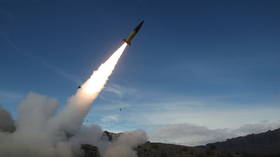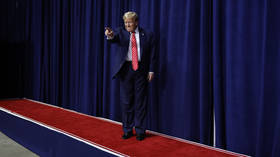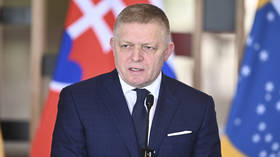Dogs sink teeth into border duty
May 28 is a professional holiday for Russia’s border guards – officially at least. But with nearly 60,000km to protect, many have to stay at their posts, along with their trusted guard dogs.
The biggest country on Earth, Russia has frontiers with 16 states, including eight with countries from the former Soviet Union. Around 160,000 guards work at the border, assisted by thousands of dogs.
Dmitry Kuznetsov is in charge of dog training at the Solovievsk frontier post on the Russian-Mongolian border. He says it takes around 18 months to turn an ordinary German Shepherd into a border guard dog. But when the animal is ready it becomes irreplaceable.
“A border can’t be without dogs. Intruders won't wait around. A dog picks up a scent, chases the intruder and gets him. Whereas a border guard first needs to find out where the person’s heading, why and what for, and how many of them there are. A dog doesn’t need all these details,” he said.
Horses also play a role in protecting the border. Mounted guards can chase intruders, doing up to 50km an hour.












